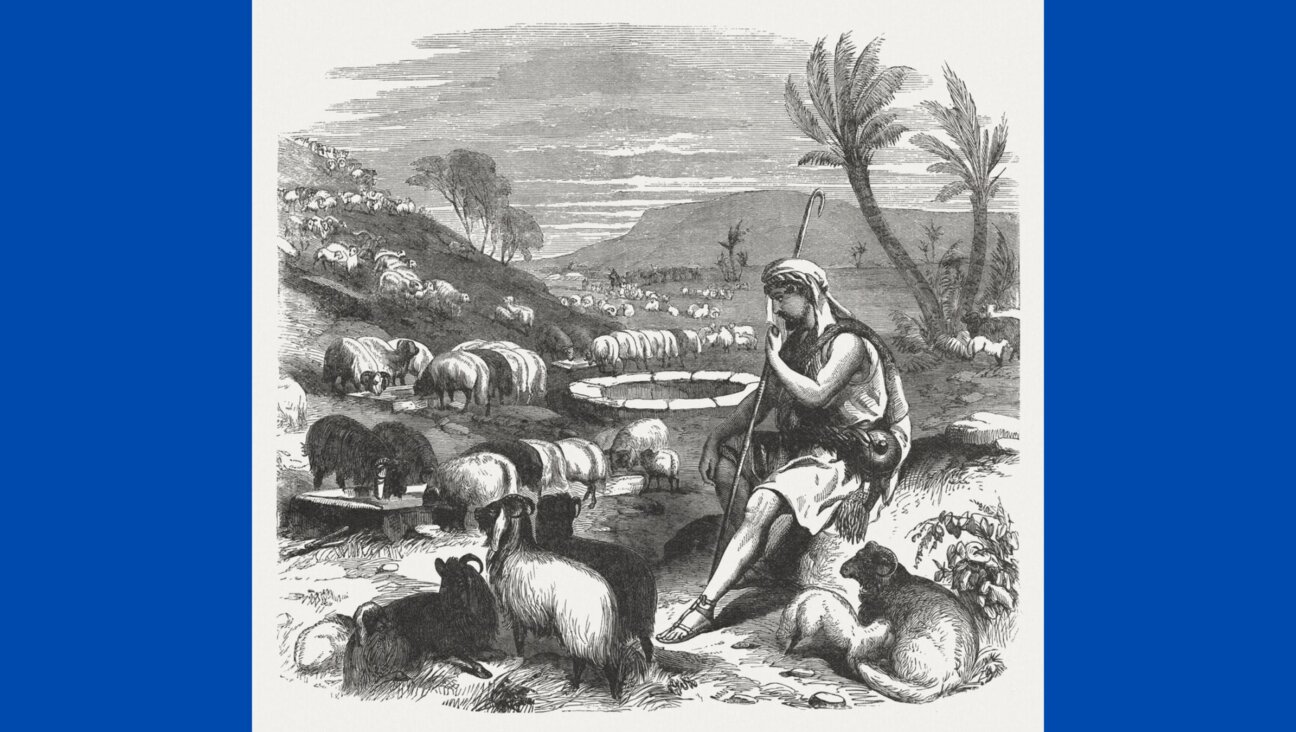Author John Irving’s new novel, ‘Queen Esther,’ deals with Israel and antisemitism
The novel concludes in Jerusalem in 1981, the year Irving first visited Israel

The novelist John Irving is pictured in 2016 (Oscar Gonzalez/NurPhoto via Getty Images); his new book “Queen Esther” will feature a Jewish character and be set in part in Israel.
(JTA) — The novelist John Irving is famous for telling stories set in his native New England and in Austria, the site of a pivotal adventure in his young adulthood. Now, the two settings will collide in a new novel — one that focuses on a Jewish orphan from Vienna who winds up in Maine before making her way to Israel.
The novel, “Queen Esther,” will be Irving’s 16th when it is published in November.
Simon & Schuster, his publisher, announced “Queen Esther” on Thursday and revealed its cover, which shows a young girl with a suitcase arriving on a snowy night to a light-filled home.
The short description offers clues about her identity, explaining that the book is set at St. Cloud’s, the orphanage (and, later, illegal abortion clinic) operated by Wilbur Larch in “The Cider House Rules,” released in 1985.
“Larch is younger than you remember him, and the unadopted orphans at St. Cloud’s are a different cast of characters — Esther Nacht, a Viennese-born Jew, among them,” the description says. “The story begins when Esther, not yet four, is abandoned one winter night. At age 14, she is taken in by a philanthropic New England family, becoming both a mystery and a guardian angel to them.”
In keeping with Irving’s famous secrecy about his work pre-publication, the description is light on additional plot details, saying only that antisemitism plays a role in Esther’s life, that “Esther’s story is fated to intersect with Israel’s history,” and that the novel ends in Jerusalem in 1981, when Esther is 76.
Irving visited Israel in 1981, which was also the year of a deadly attack on a Vienna synagogue by Palestinian terrorists.
Irving said in a statement that while Israel has been in the news because of its war with Hamas, the story was conceived long before the war’s start and does not have anything to do with the current conflict.
“The novel always ended in Jerusalem in 1981. You can’t revise or rewrite history. The construction of this novel long predates the events of Oct. 7, and everything that’s happened in Israel since those terrorist attacks and the hostage-taking,” Irving said. “With hindsight, it’s easy to say that what I saw and heard in Israel in the early 1980s serves as a precursor to what has developed since that time, but this is what historical fiction is for.”
Irving — perhaps most famous for his 1978 novel “The World According to Garp” — visited Israel last year for the first time since his 1981 trip and made an appearance in Jerusalem in which he explained why so many of his books have Jewish characters.
“I’m not Jewish, but I’ve always been pro-Israel, and I’ve always been pro-Jewish,” he said, according to a Times of Israel report. “My earliest exposure to Jews were the wrestling teammates I had. And they had a hard time too. But we were all doing the same thing together, so it was natural, or it seemed natural to me, that I sort of stayed with them.”














